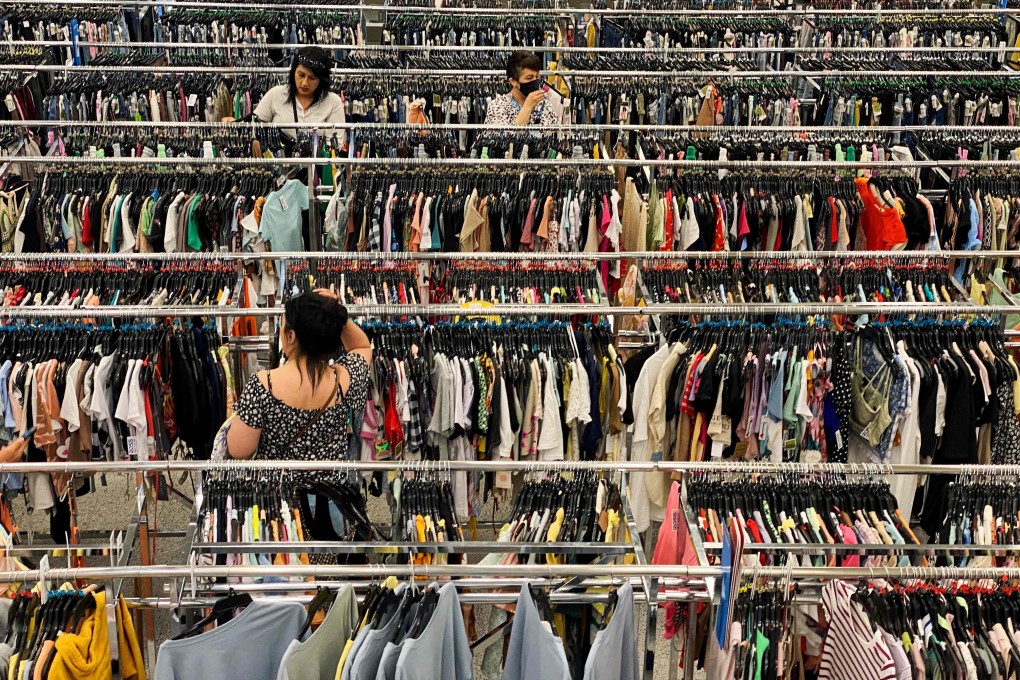Advertisement
Macroscope | US must increase its own productivity to reduce its trade deficit with China
- The US economy relies heavily on consumer spending, a growth model that naturally benefits China when so many of the things that Americans buy are made there
- Instead of blaming this situation on China, the US must shift its own focus from propping up consumers to supporting productivity-driven growth
Reading Time:3 minutes
Why you can trust SCMP
8

There’s a long way to go before the US-China trade war ends and time is running short before the 2024 US presidential elections, when trade relations between Washington and Beijing are bound to sour.
The US is on course for a bumper US$400 billion trade deficit with China in 2022. It’s not as big as the record US$418 billion in 2018, but still big enough to set off alarm bells that trade frictions could soon be on the rise again and despite recent hopes for a political thaw between the two nations.
Solving the trade gap will be no easy task with both sides eager to lay the blame on the other for its cause. But efforts to tackle it over the long term must succeed, to help redress imbalances in the world economy, reduce trade protectionism and restore order to global financial stability. It’s a goal worth striving for; if differences can be set aside, it would pave the way for stronger global growth in the process.
It might sound provocative to many Americans, but Beijing isn’t entirely to blame for the huge US-China trade gap. It may be an easy excuse to accuse China of dumping cheap goods, committing anticompetitive trade practices and manipulating a cheap renminbi exchange rate, but the root of the deficit is the failure of successive US governments to redress key shortfalls in the economy that have led to the black hole in the US’ external trade figures and associated big budget deficits over many decades.

And don’t forget it was former US president Donald Trump who fired the first shots in the trade war by levying steep punitive tariffs on imports from China in early 2018, which triggered retaliatory trade sanctions from Beijing and provoked a row which has badly backfired on global growth.
The US is much too dependent on a growth model which is mainly driven by consumer demand, accounting for up to 70 per cent of US gross domestic product. Quite simply, the US consumes too much of the goods which China is extremely successful at manufacturing.
Advertisement
